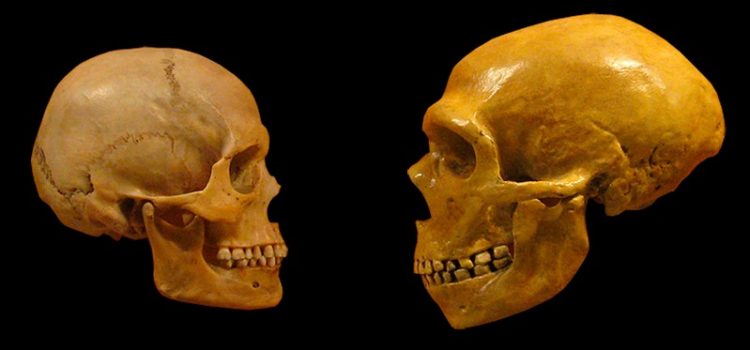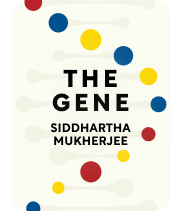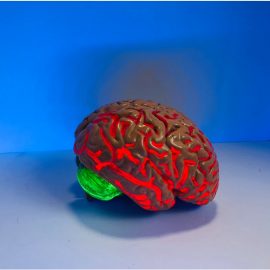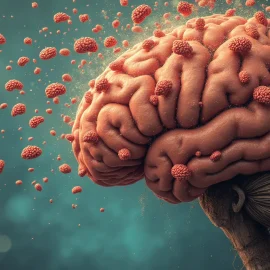

This article is an excerpt from the Shortform book guide to "The Gene" by Siddhartha Mukherjee. Shortform has the world's best summaries and analyses of books you should be reading.
Like this article? Sign up for a free trial here.
Why did scientists embark on the 13-year-long undertaking of sequencing the human genome? How has the Human Genome Project advanced our knowledge of genetics?
Thanks to the Human Genome Project, we know where every gene is, what it codes for, and how. Despite this knowledge, however, we still understand very little about how all these different genes coordinate and cooperate to build and maintain our bodies.
Here’s how the Human Genome Project paved the way for genetics research.
The Human Genome Project
In 1989, a group of biologists began the massive undertaking of sequencing the human genome. A council of 12 advisers, chaired by American geneticist Norton Zinder, led the effort.
The human genome contains over three billion base pairs—for a sense of scale, the first fully sequenced genome was a virus consisting of about 5,400 base pairs. Completing the project would take an estimated 50,000 person-years and cost three billion dollars—about a dollar per base pair.
However, in spite of its massive scope, the Human Genome Project (HGP) released a first draft of the complete human genome just over a decade later, in 2000. Then, in 2003, the HGP’s chair officially declared it complete: Every human gene had been accurately sequenced and mapped. The Project uploaded its final results to the internet, where the genome map is still publicly available today.
The Human Genome Project had benefits far beyond simply improving our understanding of human genetics.
- Medical benefits: The data from the HGP helps doctors identify and treat genetic diseases, and find genetic markers that may put someone at risk for conditions ranging from cancer to heart disease.
- Scientific benefits: Over the course of the HGP, scientists developed improved gene sequencing technology and techniques that continue to be used today.
- Economic benefits: Every dollar the US government invested in the HGP returned an estimated $141 to the US economy, largely through creating new jobs that only exist because of a mapped human genome.
However, there are also legal and ethical concerns about how the information in the HGP could be misused. In particular, there’s the chance that genetic data could be used to discriminate against people who carry certain genes or come from certain backgrounds.

———End of Preview———
Like what you just read? Read the rest of the world's best book summary and analysis of Siddhartha Mukherjee's "The Gene" at Shortform.
Here's what you'll find in our full The Gene summary:
- What genes are and how they work, explained in simple terms
- The history of gene discovery, dating back to the 1800s
- What the future of genetic engineering looks like






